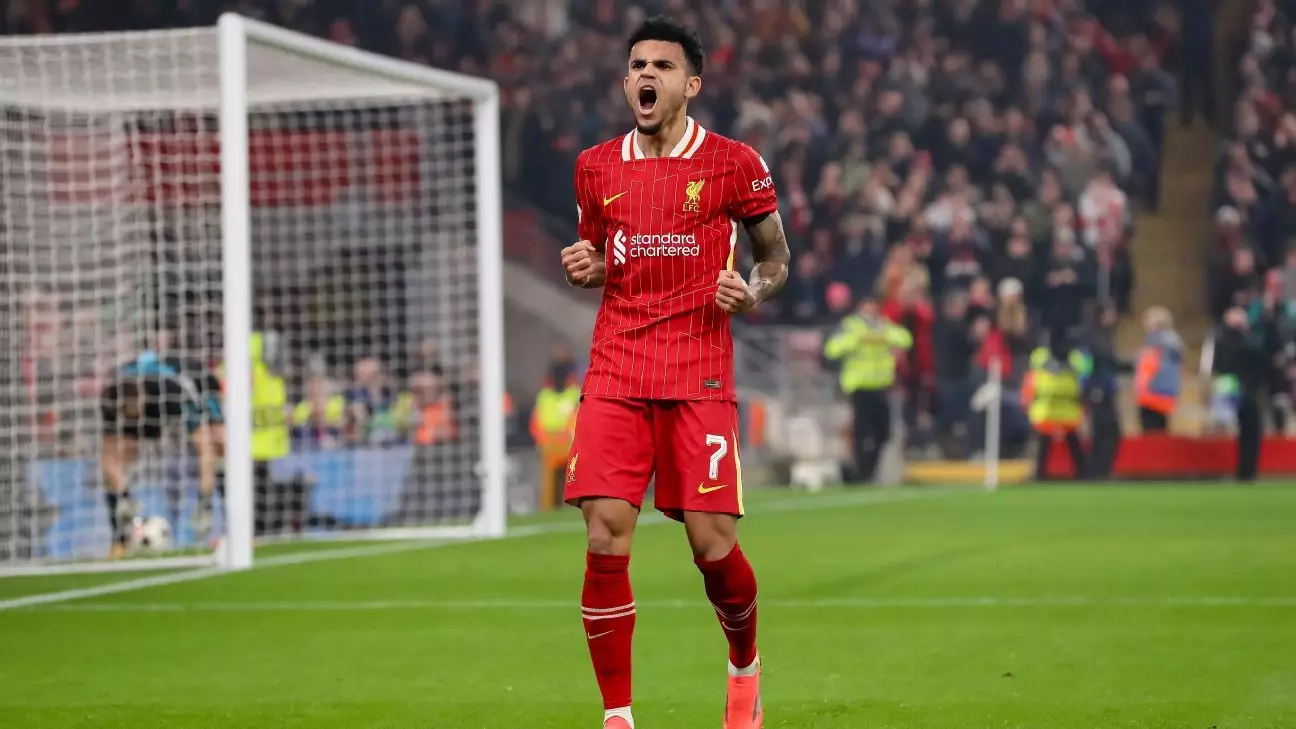The football transfer market is a dynamic space where clubs are constantly looking for the next big talent or necessary reinforcement to gain a competitive advantage. As we inch closer to upcoming transfer windows, clubs across Europe are already strategizing on potential signings, highlighting their needs for improvement. This article delves into the key transfer rumors surrounding top clubs such as Barcelona, Manchester City, and Juventus, presenting an analytical view of their tactical approaches in acquiring new players.
Barcelona, a club rich in history and talent, is under pressure to bolster its attacking line. Recent reports reveal that they are targeting several players to fill the striker role, particularly as they face increasing competition from clubs like Newcastle United in their quest for new blood. Having been put off by Newcastle’s £100 million valuation of Alexander Isak, the Spanish giants are eyeing Liverpool’s Luis Díaz as a feasible alternative.
The potential acquisition of Benjamin Sesko from RB Leipzig also stands out, with Barcelona ready to trigger his €65 million release clause. This approach reflects the club’s strategic shift towards younger talents who can carry the team forward for years to come. Nevertheless, the decision to invest heavily in a young striker may complicate their dynamics, especially with Robert Lewandowski set to extend his contract until 2026. The challenge for the management will be to integrate a new forward while maintaining squad harmony and performance.
Meanwhile, Manchester City is seeking to expand its creative options with a keen interest in Bayer Leverkusen’s Florian Wirtz. The 21-year-old has impressed in the Bundesliga with 15 goals and 10 assists this season, establishing himself as a fundamental player in both domestic and European competitions. According to sources, Manchester City has plans for a renewed bid to bring him on board in the summer, especially now that a release clause is expected to become active in 2026.
City’s hesitation in landing Wirtz this season might be strategic; they are assessing whether to push for his signature now or wait until next season when they can negotiate under more favorable conditions. Their previous failure to secure him highlights the ongoing competition within European football, where clubs vie not just for talent but for strategic long-term contracts.
As the landscape evolves, clubs like Liverpool are also turning their attention towards burgeoning talents such as Atalanta’s Mateo Retegui, who has proven his worth with a notable scoring performance this season. As clubs across the Premier League are reportedly monitoring him, it indicates a growing trend towards targeting promising futures rather than existing stars with hefty price tags.
Clubs are recognizing the value in securing players who not only have the skill set but also potential for development. This strategy is crucial in financial contexts, especially for teams that operate within stringent budgetary constraints.
The discussion on contract negotiations is equally pertinent, especially for players like Christian Pulisic, who may extend his stay at AC Milan until 2029 under a new €5 million per year deal. Such moves illustrate the importance that clubs are placing on nurturing their homegrown or early-career players into key contributors, rather than relying solely on established stars. Leveraging player loyalty through long-term contracts serves both as a tactical reinforcement on the pitch and a viable strategic financial investment.
In contrast, clubs like Juventus are finding themselves in a precarious position, caught in the balance of retaining talent like Randal Kolo Muani while also reevaluating their squad depth as this season progresses. Every contract decision can have a ripple effect, influencing future recruitment strategies and player market values.
As the transfer window approaches, the ramifications of these decisions will only grow more pronounced. With many clubs restructuring their teams, the emphasis on building sustainable squads becomes increasingly vital. The interplay between youth recruitment, contract negotiations, and strategic purchases will dictate how well clubs can compete at the highest level.
The upcoming transfer windows are not just about who will join a club but also about how these acquisitions reflect broader trends and strategies in European football. The ability to merge immediate needs with future potential will define the success of these clubs beyond the pitch. As teams pursue their goals for the season, the landscape remains charged with possibilities, challenges, and the relentless pursuit of excellence.

